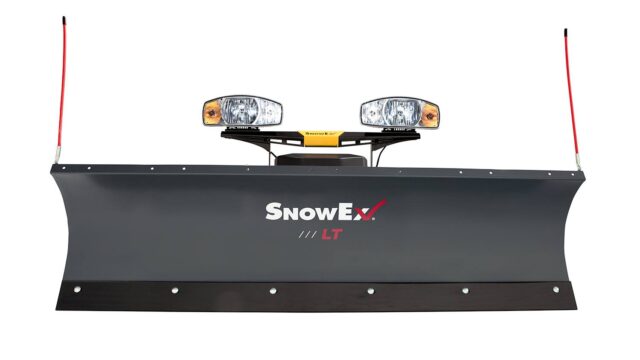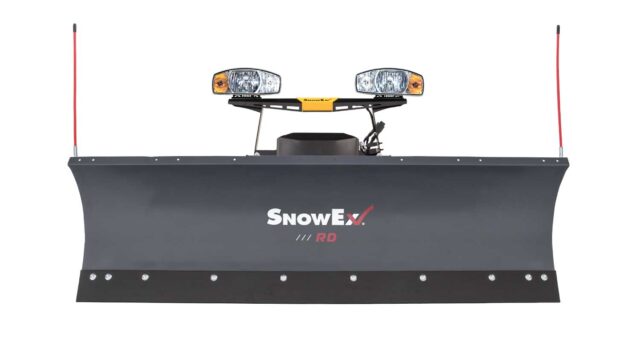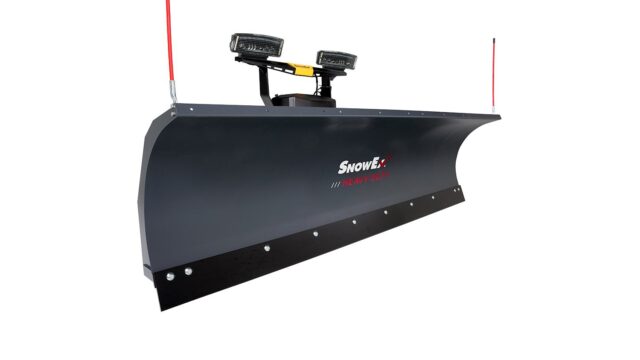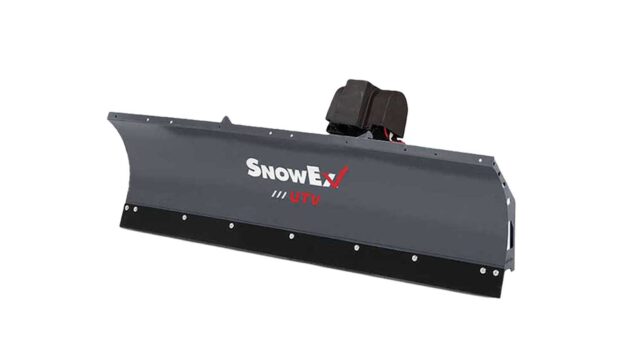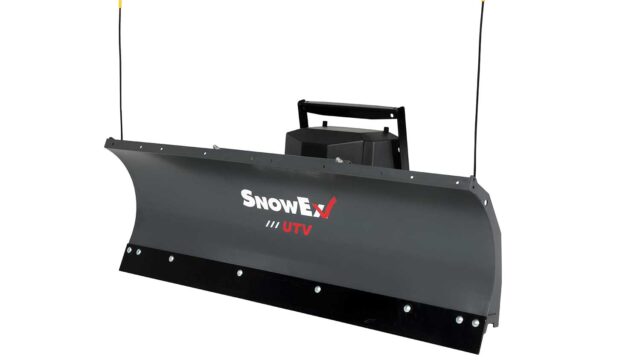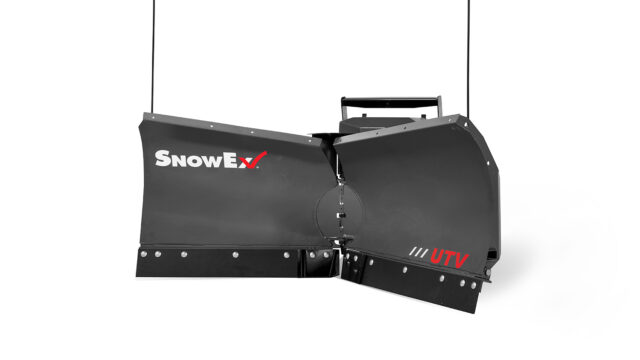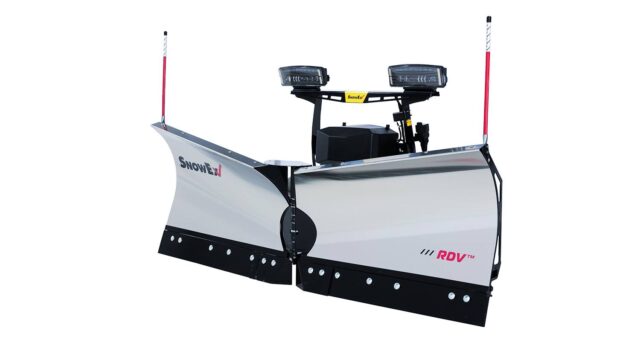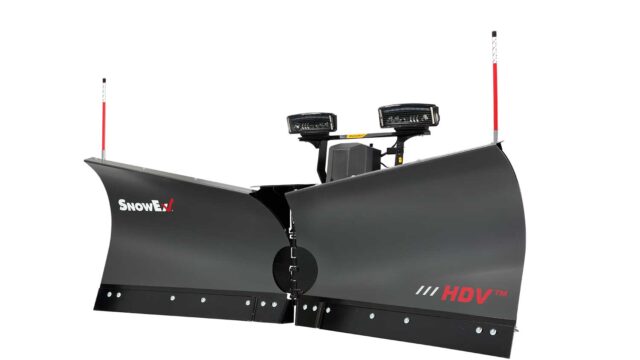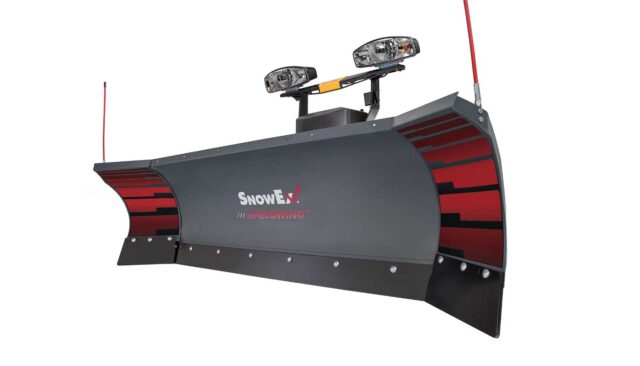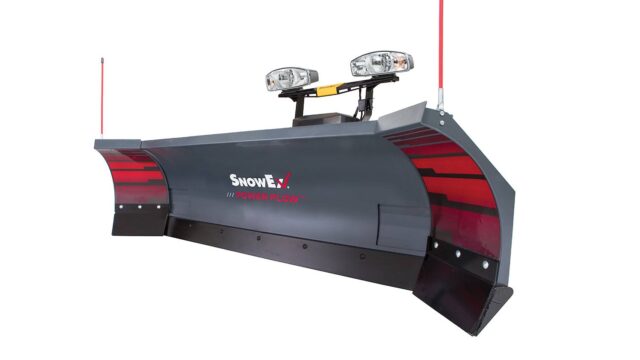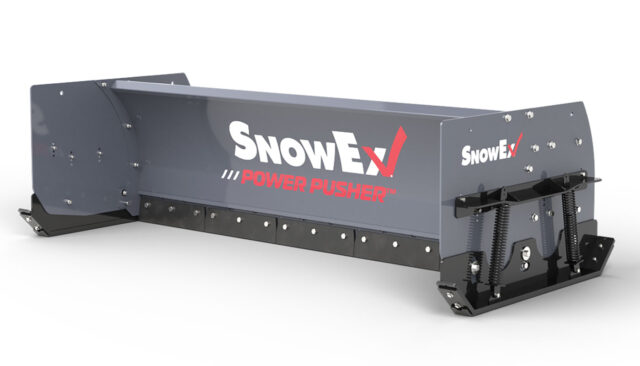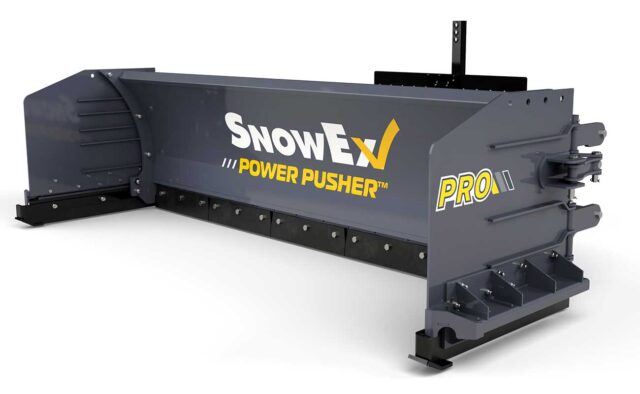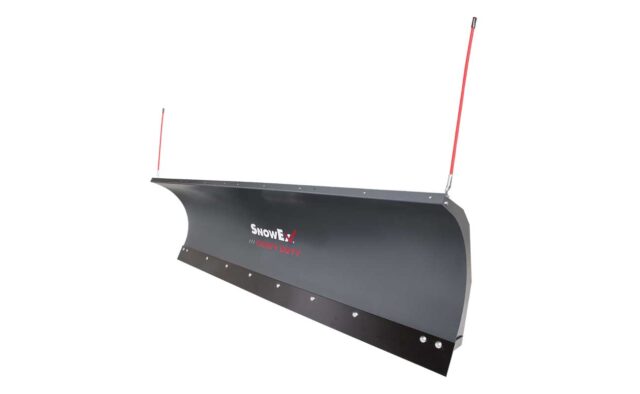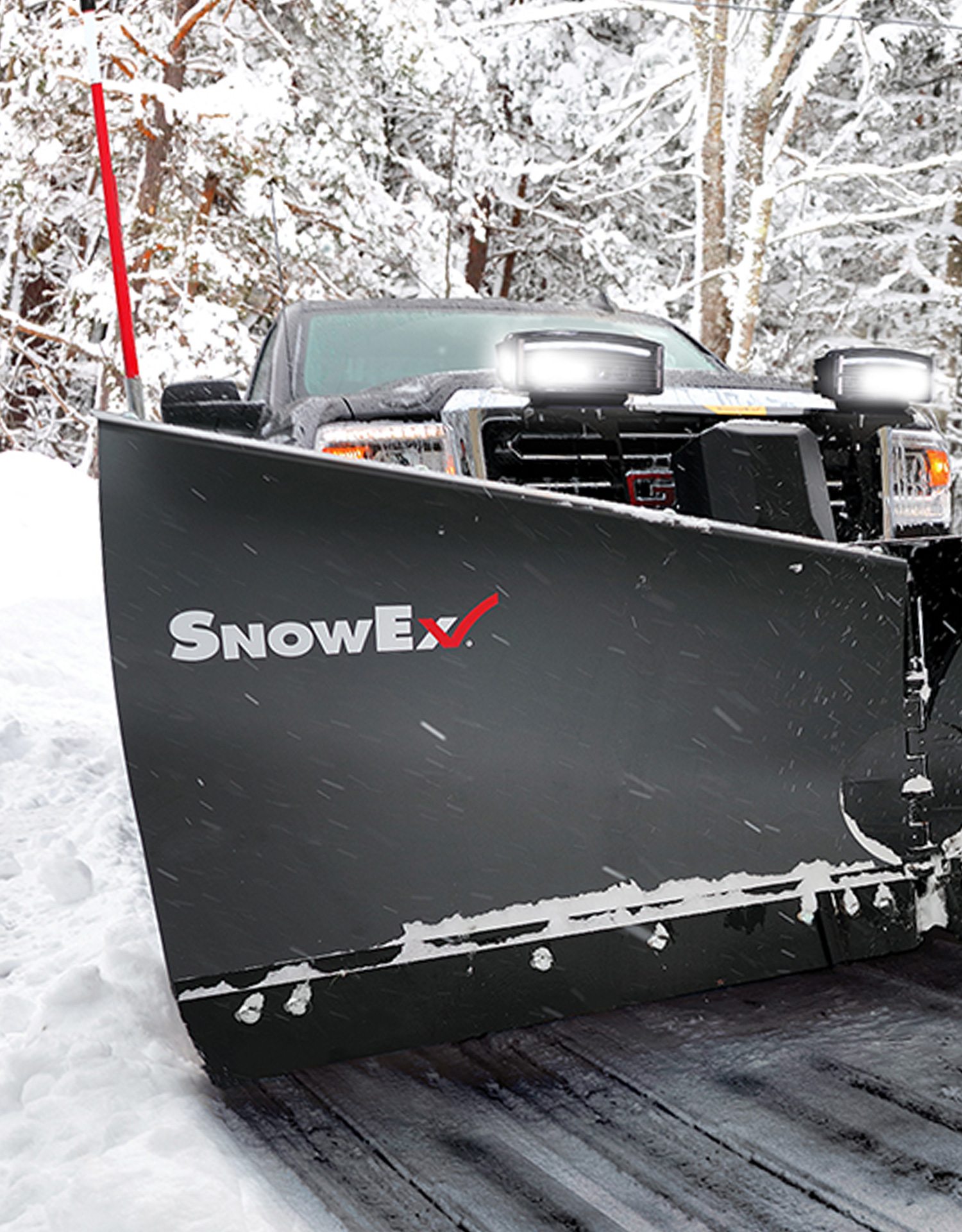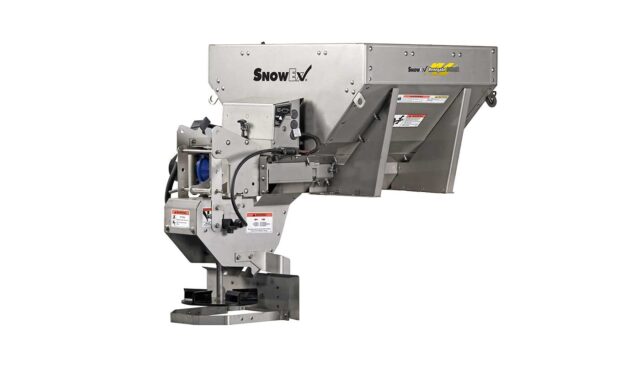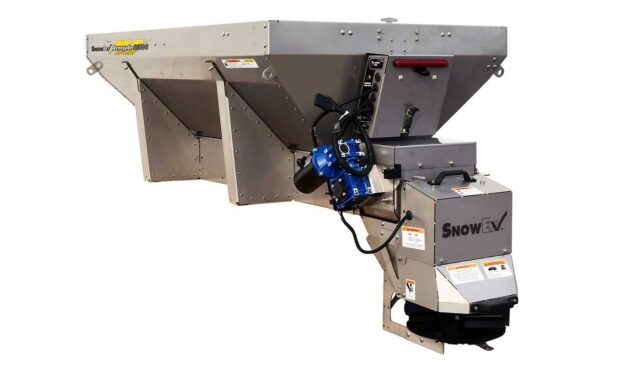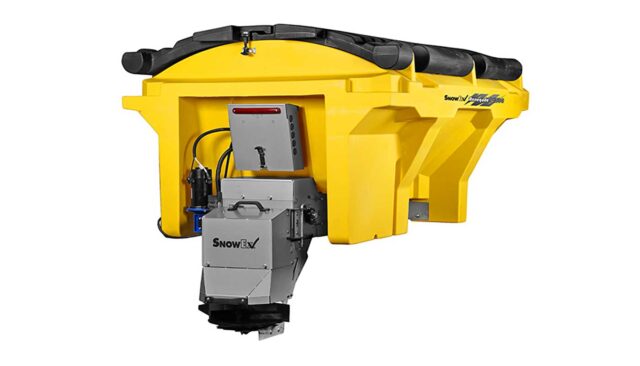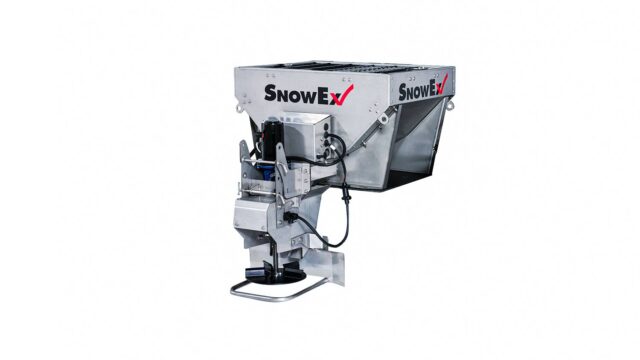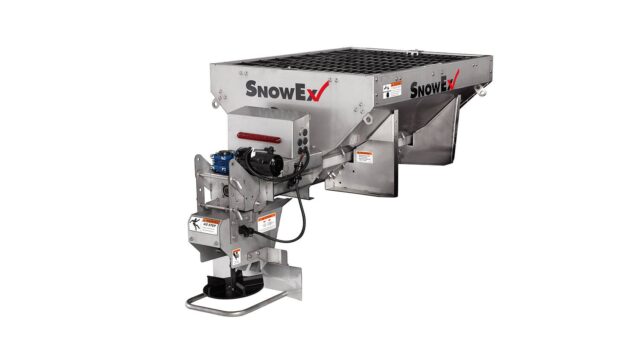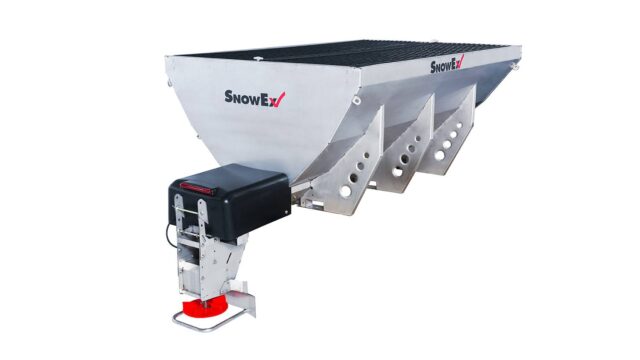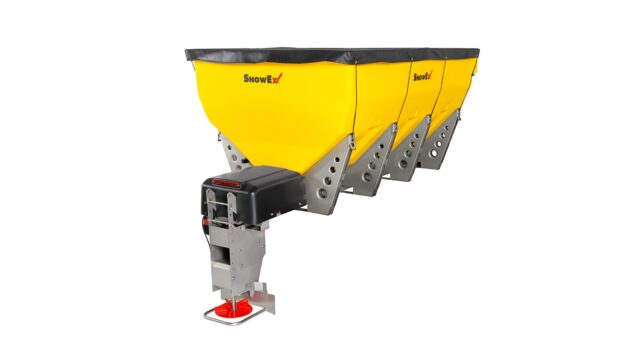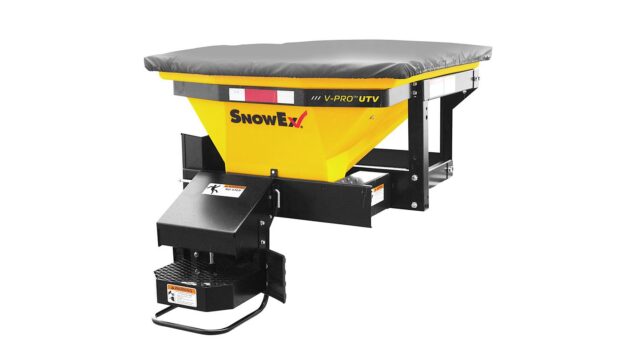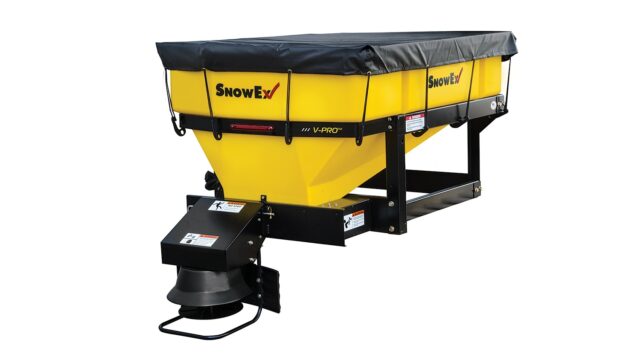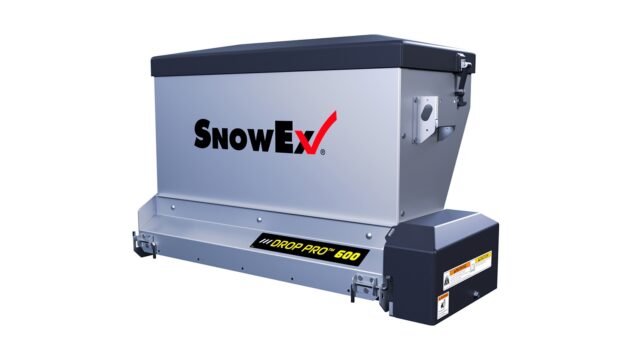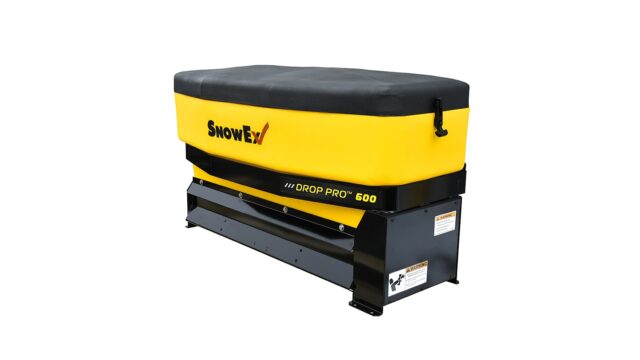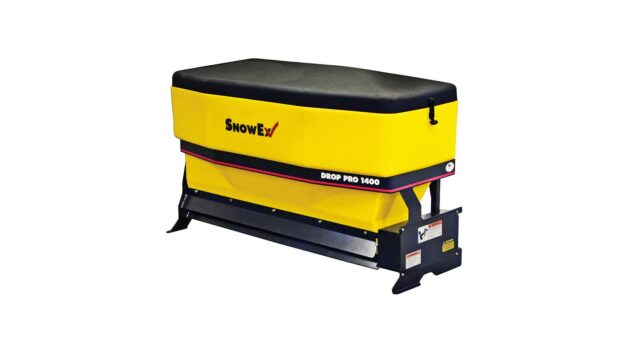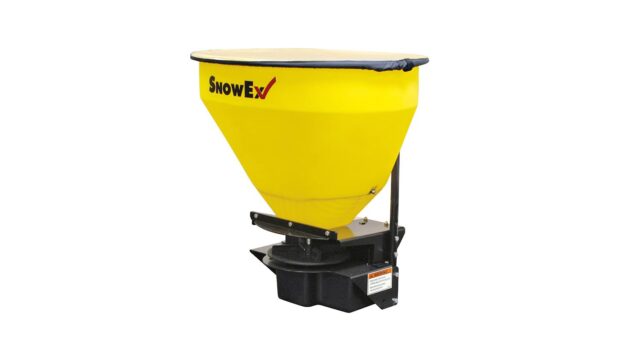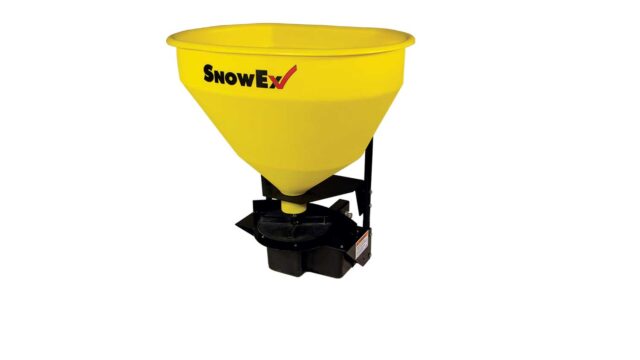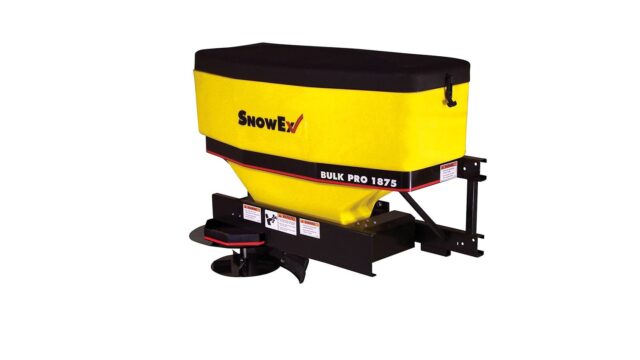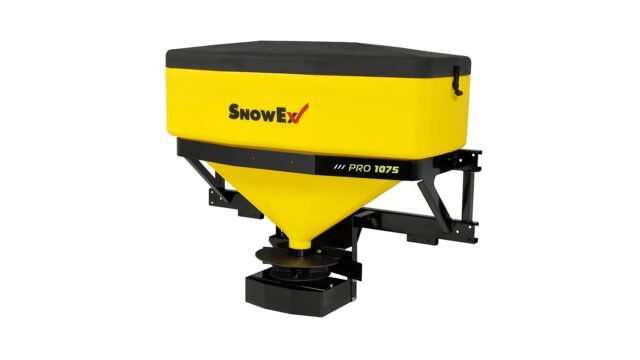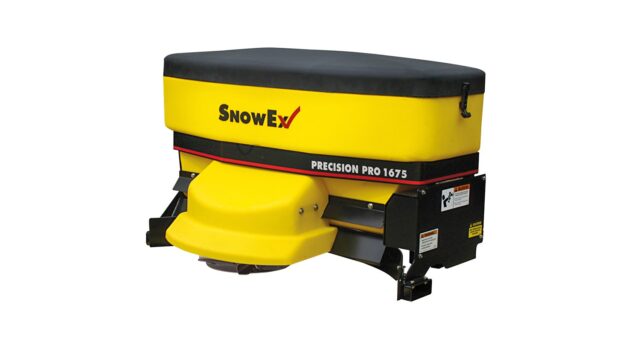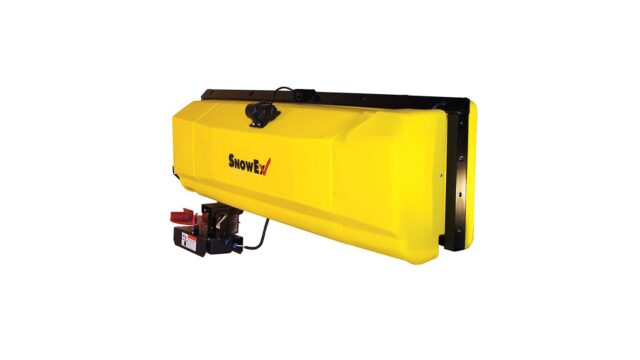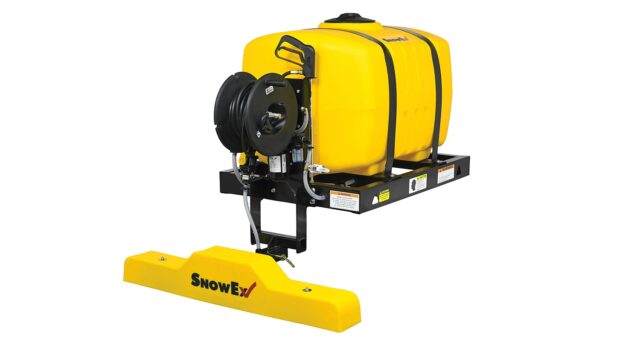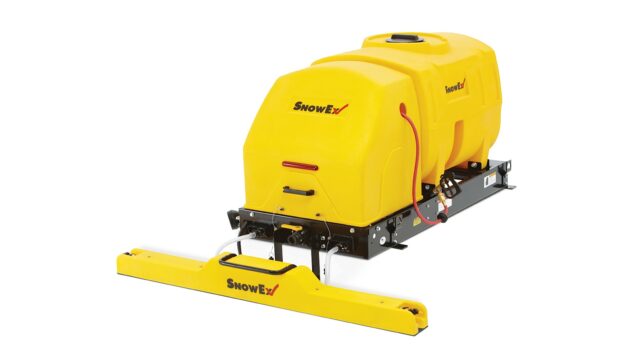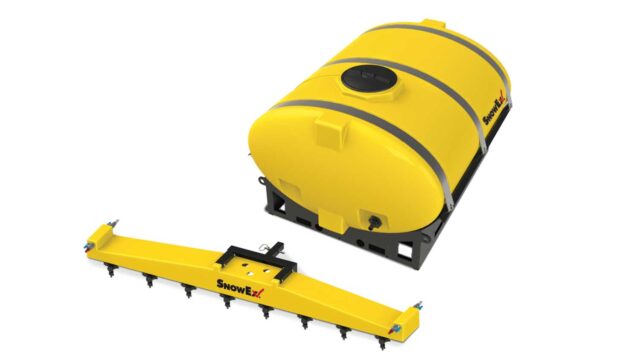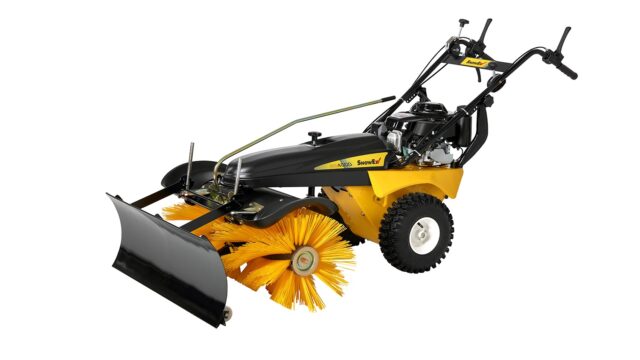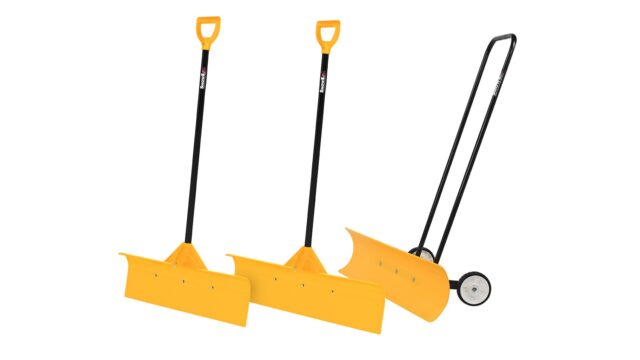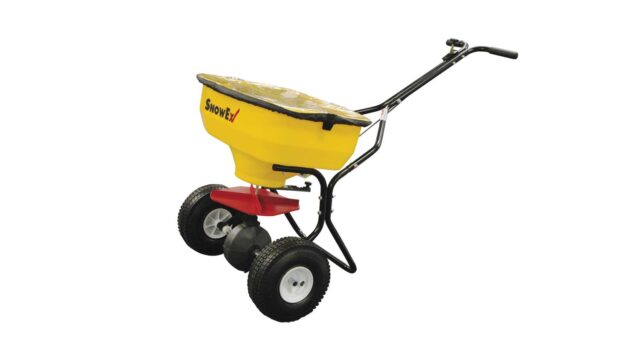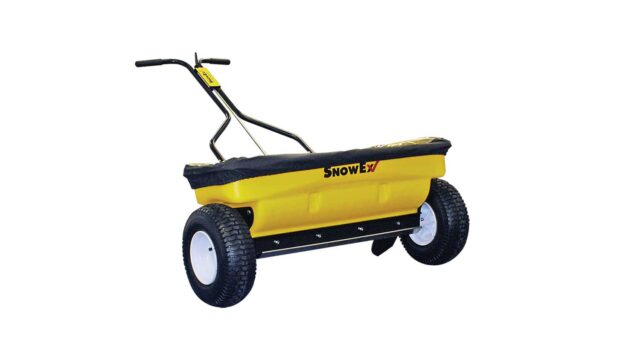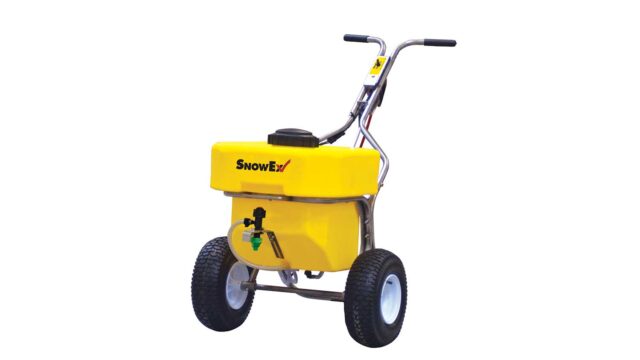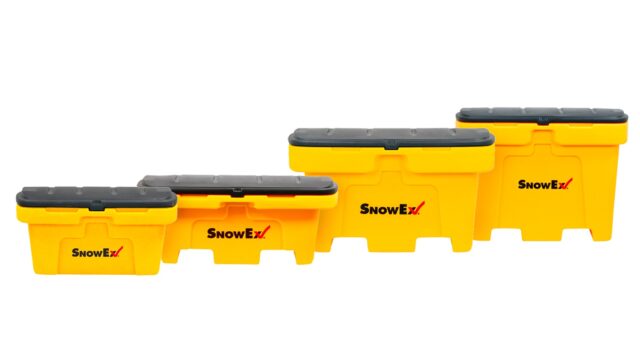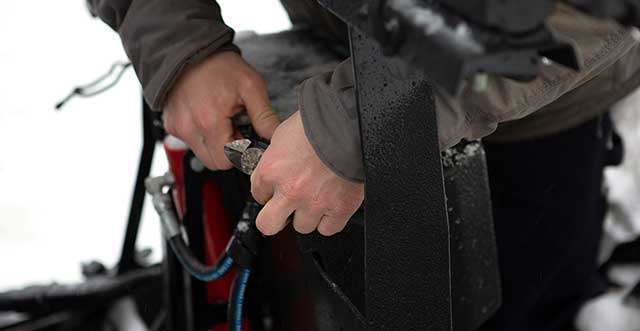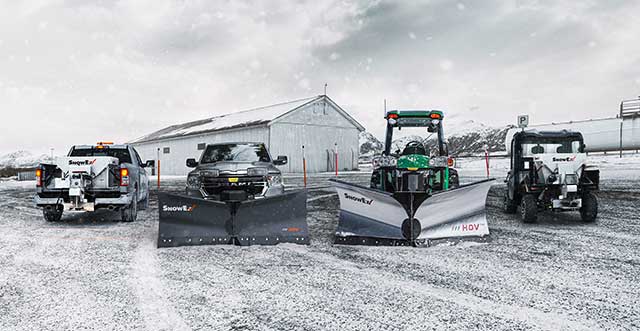Troubleshooting Steps to Find the Root Cause of Why Your Snow Plow Won’t Move
Created December 29, 2020
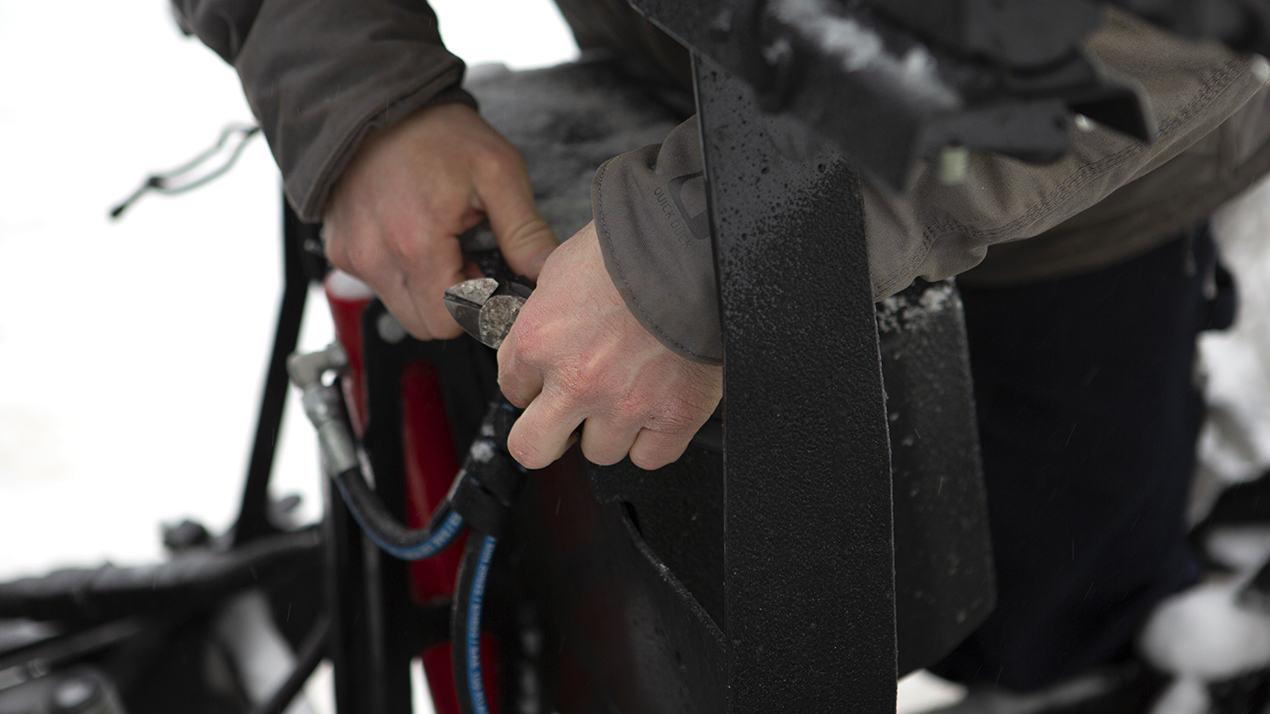
A snow plow that won’t move is a huge inconvenience as a snow storm is rolling in. Don’t panic and keep a clear mind while walking through these troubleshooting steps to find the root cause of the problem.
Troubleshooting 101: What To Do When Your Plow Won’t Move
The first step is to isolate fault to either the plows electrical system or the hydraulics. Instructions on how to perform a SCAT test as well as other troubleshooting advice can be found in your plow mechanic’s guide.
Hydraulic Troubleshooting
If the SCAT test comes back normal with the motor relay and all coils working properly, you have a snow plow hydraulic problem.
- A hydraulic leak is not subtle to say the least, even to the point of spraying fluid. This is a straight forward fix by simply replacing the hose, just make sure you have extras on hand.
- A clogged or stuck valve is a little harder to spot but sometimes you’re able to visibly see something stuck in a cartridge valve. This type of repair can be a time-consuming, messy, and frustrating—usually requiring a professional mechanic that can read hydraulic schematics and have the tools to troubleshoot at that level.
Electrical Troubleshooting
When a SCAT test comes back abnormal, you can assume the problem is with the plows electrical. It then becomes a matter of where the connection is short circuiting. Make sure there isn’t any snow or ice impacting the electrical connections and then try the following:
- Make sure your plows battery is working and there aren’t any cut or exposed wires that are shorting out.
- Electrical connections should be tight and clean. Even a little corrosion could interfere with the ability to keep things running.
- Visually inspect the fuses (or “fail-safes”) in the vehicle’s charging system and plow connectors. They will burn out as a safety mechanism to prevent electrical damage. If you have the properly rated fuse and are mechanically inclined, you could make the repair yourself. A fuse with too low an amperage threshold will only fail again and a fuse that has too high of an amperage is a safety hazard so you need to make sure you have the right one.
- A solenoid could be failing or completely shot. This is a common part to replace so make sure you have an extra with you at all times. It’s included in the SnowEx emergency parts kit.
- Test the control. If it’s faulty, the only thing you can do is swap it with a spare.
Pro Tip: Be proactive and protect all electrical connections with dielectric grease. This will reduce corrosion and dirt and water from getting in the system.
Snow & Ice Control Contractors Need to Be Prepared For Anything
Breakdowns are likely to happen at some point in your snow and ice control career and when that time comes, it’s better to be safe than sorry. Prepare for the worst—you never know what Mother Nature might throw your way. Make sure to have a fully stocked emergency kit, common spare parts, and additional PPE and high visibility gear.
